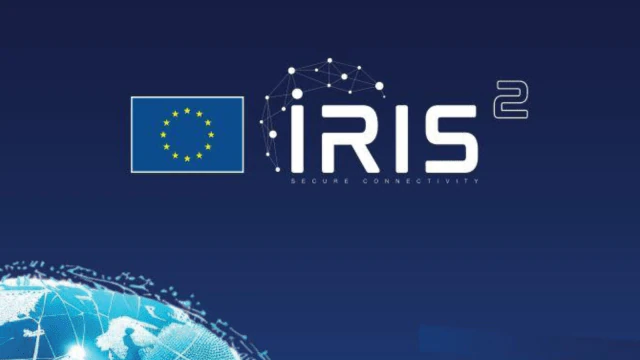The Article Tells The Story of:
- IRIS² Satellite Launch: The EU is developing a €10.6 billion satellite network with 290 satellites to provide secure connectivity by 2030.
- Key Benefits: IRIS² will offer high-speed internet to remote areas and secure communication for governments and private users.
- Partnerships: The SpaceRISE consortium, including SES and Airbus, will develop and operate the system.
- Competition with Starlink: IRIS² aims to rival SpaceX’s Starlink, boosting Europe’s satellite communication capabilities.
EU’s Ambitious Satellite Initiative
The European Union is stepping up its game in satellite communications with the IRIS² project, a constellation of 290 satellites designed to rival SpaceX’s Starlink. These satellites will operate in low and medium Earth orbits, providing secure communication channels for governments, private companies, and citizens. The €10.6 billion ($11 billion) project aims to deliver high-speed internet to remote areas and strengthen Europe’s strategic autonomy in space.
Check Out similar Article of SpaceX and xAI Reach New Heights with Multibillion-Dollar Valuations November 18, 2024 – SquaredTech
The European Space Agency (ESA) states that the interconnected satellites will ensure secure, rapid communication without needing thousands of satellites like Starlink. By 2030, IRIS² is expected to offer reliable coverage while minimizing the orbital congestion associated with large-scale deployments.
Public-Private Partnership Powers IRIS²
The IRIS² constellation is being developed through a public-private partnership led by the SpaceRISE consortium. This group includes satellite network operators SES, Eutelsat, and Hispasat, along with support from major European subcontractors like Airbus and Deutsche Telekom. SpaceRISE has been awarded a 12-year contract to oversee the development, deployment, and operation of the satellite network.
Henna Virkkunen, the EU’s Executive Vice-President for Tech Sovereignty, Security, and Democracy, emphasized the project’s importance. “This innovative constellation will protect critical infrastructures, connect remote regions, and boost Europe’s independence in space,” she stated.
IRIS² vs. Starlink
Starlink, operated by SpaceX, has already launched over 7,000 satellites since 2018, ensuring global coverage and low latency. In contrast, IRIS² will focus on fewer satellites—264 in low Earth orbit and 18 in medium Earth orbit—to achieve its goals. The strategic placement of IRIS² satellites will optimize connectivity while reducing the environmental impact of excessive satellite launches.
Boosting Competition in Space
Calls for greater competition in satellite communication are growing louder. Jessica Rosenworcel, chair of the U.S. Federal Communications Commission (FCC), highlighted the importance of breaking monopolies in space services. “Competition drives lower prices and innovation in every communications market. Space should be no exception,” she said.
A Step Toward Digital Connectivity
The IRIS² initiative represents a significant step for Europe in bridging digital divides, securing data communication, and ensuring technological independence. With a clear roadmap for completion by 2030, the EU is setting the stage for a competitive future in satellite communications, aiming to provide tangible benefits for all Europeans.
More News: Space


